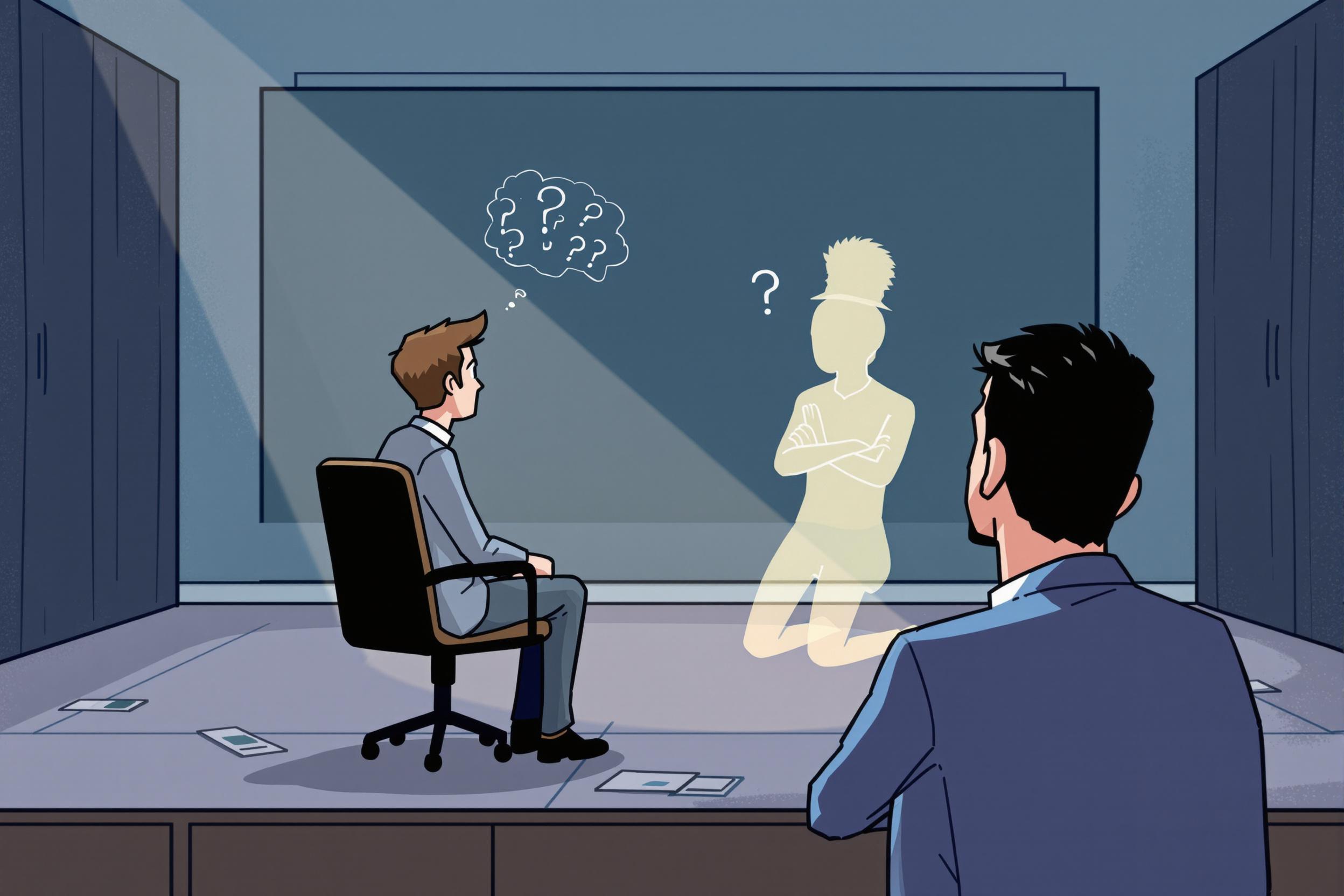
Obscure Glass
Obscure glass is a type of glass that allows light to pass through while blocking clear visibility. It's commonly used in bathrooms, offices, and residential spaces where privacy is needed. The term covers various types of glass treatments like frosted, textured, or patterned glass. When candidates mention obscure glass in their resumes, they're typically referring to experience with privacy glass installation, customization, or consulting on privacy solutions. Similar terms include privacy glass, frosted glass, or textured glass. This is a key product knowledge area for glaziers and glass installers.
Examples in Resumes
Installed Obscure Glass in commercial bathroom facilities across 12 office buildings
Advised clients on Privacy Glass and Obscure Glass options for residential projects
Managed inventory and ordering of Frosted Glass and Obscure Glass products
Typical job title: "Glaziers"
Also try searching for:
Where to Find Glaziers
Professional Organizations
Job Boards
Industry Networks
Example Interview Questions
Senior Level Questions
Q: How do you handle a large commercial project requiring multiple types of obscure glass installations?
Expected Answer: A senior glazier should discuss project planning, team coordination, safety protocols, and quality control measures. They should mention experience with different glass types, building codes, and managing timelines.
Q: What factors do you consider when recommending obscure glass options to clients?
Expected Answer: Should explain considerations like privacy levels, light transmission, building codes, cost considerations, and installation requirements. Should demonstrate customer service skills and technical knowledge.
Mid Level Questions
Q: What are the different types of obscure glass and their applications?
Expected Answer: Should be able to describe various types like acid-etched, sandblasted, and patterned glass, along with their best uses in different settings and installation requirements.
Q: How do you ensure proper installation of obscure glass in a bathroom setting?
Expected Answer: Should discuss moisture considerations, proper measurements, securing methods, safety requirements, and any special tools or techniques needed.
Junior Level Questions
Q: What safety procedures do you follow when handling obscure glass?
Expected Answer: Should mention basic safety equipment, proper lifting techniques, handling procedures, and awareness of workplace safety regulations.
Q: How do you measure and cut obscure glass?
Expected Answer: Should demonstrate knowledge of basic measurement tools, cutting techniques, and understanding of allowing for edges and frames.
Experience Level Indicators
Junior (0-2 years)
- Basic glass handling and safety
- Simple installations
- Measuring and cutting
- Understanding different glass types
Mid (2-5 years)
- Complex installations
- Customer consultation
- Project estimation
- Problem-solving installation issues
Senior (5+ years)
- Project management
- Team leadership
- Advanced technical knowledge
- Complex commercial installations
Red Flags to Watch For
- No knowledge of safety procedures
- Lack of proper certification or training
- No experience with measuring or estimation
- Poor understanding of building codes and regulations
Related Terms
Need more hiring wisdom? Check these out...

Global Compliance Checks: The Hidden Puzzle Pieces of Background Screening Revealed

Refining Job Descriptions to Expand Applicant Pools: Casting a Wider Talent Net

Ghosted Again? How to Stop Candidates from Disappearing and Start Engaging Them Better

